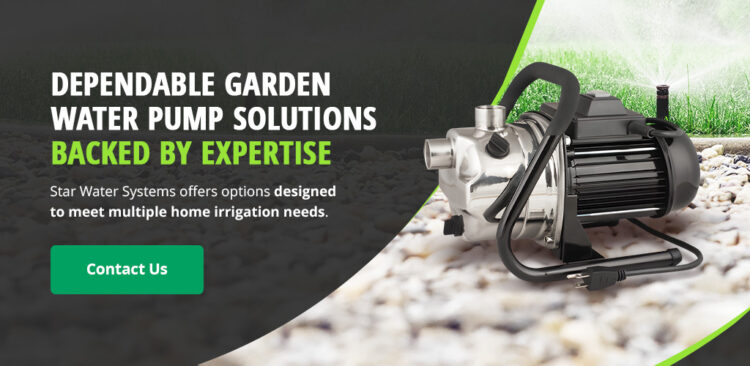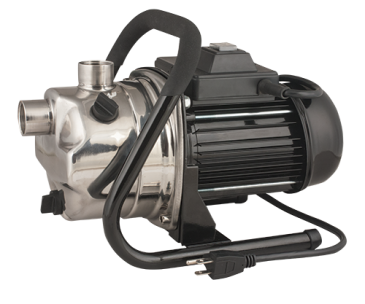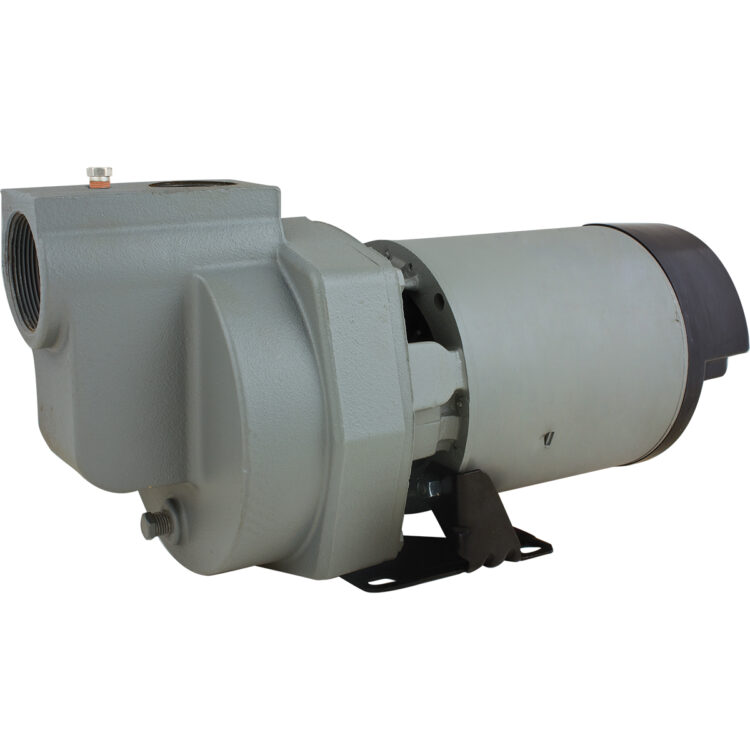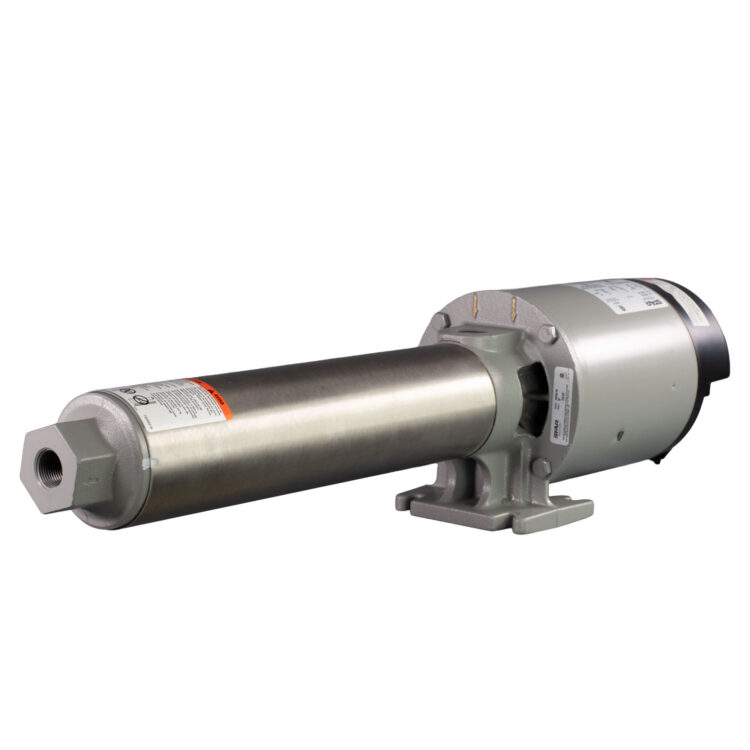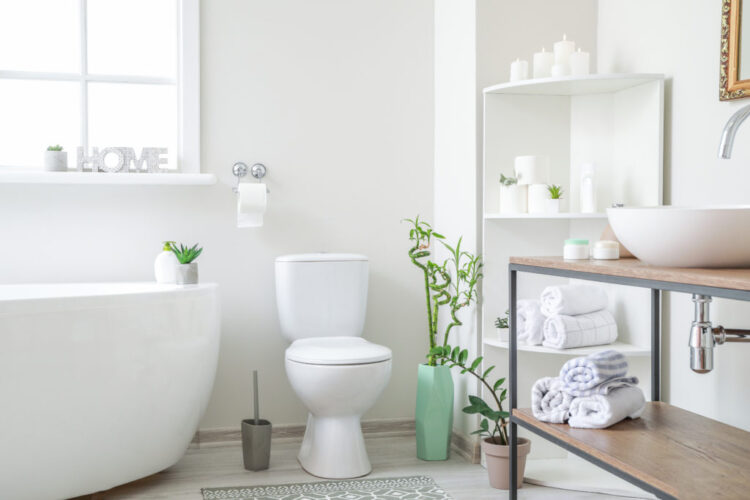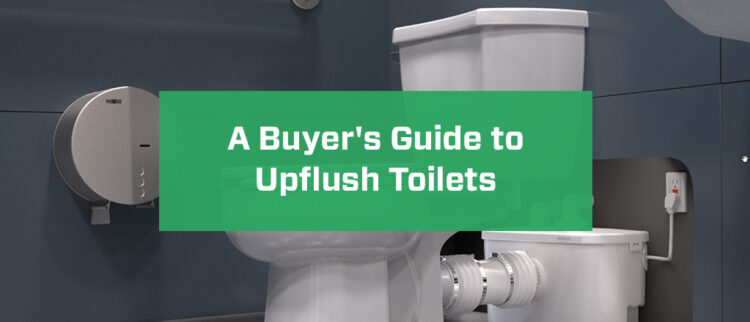A well-designed irrigation system can make all the difference in keeping your garden healthy and vibrant throughout the growing season. At the heart of that system is your irrigation pump — the component that moves water from its source to your plants efficiently. Choosing the right pump involves understanding your garden’s size, water source and how the pump’s performance matches your needs. Large yards require a pump with a higher flow rate, while smaller gardens work well with pumps that have lower flow rates.
This irrigation pump buying guide will explain the key considerations so you can make a confident, informed decision about your gardening projects. Getting it right the first time will save you time and money.
Understanding the Role of an Irrigation Pump
An irrigation pump moves water from a source, such as a well, pond, rainwater tank or municipal supply, into your garden’s irrigation system. Its job is to deliver water at the right flow rate and pressure to ensure consistent coverage for your lawn.
The best irrigation pump for garden use depends on multiple factors, from the size of your property to the type of irrigation method you use. By matching your pump’s capacity and features to your needs, you can improve efficiency and avoid overworking the system.
Step 1: Evaluate Your Yard Size and Layout
Your garden’s size directly influences the type and capacity of pump you’ll need. A small backyard vegetable patch may only require a lightweight, low-flow pump, while a large landscaped yard with multiple zones could need a more powerful model.
Consider:
- Total area to be irrigated: Larger areas require pumps with higher flow rates — measured in gallons per minute or liters per second.
- Number of irrigation zones: If you water in sections, your pump must support the demand for each zone without losing pressure.
- Elevation changes: Gardens with slopes may require pumps with higher pressure capabilities to push water uphill.
A pump that’s too small will struggle to meet your garden’s needs, while one that’s too large could lead to excessive wear or wasted energy.
Step 2: Identify Your Water Source
Your water source plays a major role in selecting the right pump. Is your water coming from a well, a river or a pond? Each source has different flow characteristics and quality, which affect pump performance.
Common water sources include:
- Wells: Typically require a deep well or jet pump, depending on depth and water table.
- Ponds or lakes: Can be paired with surface pumps but may need filtration to remove debris.
- Rainwater tanks: Often work well with submersible pumps designed for clean water.
- Municipal supply: Usually compatible with booster pumps to improve pressure.
If your water contains sediment, minerals or organic matter, a filtration system is important to protect your pump and irrigation lines from clogging.
Step 3: Match Pump Type to Your Needs
Irrigation pumps come in several designs, each suited to specific applications.
- Surface pumps: These pumps sit above ground and draw water from a nearby source. They’re ideal for large-scale irrigation and water supply for yards. Plus, they’re easy to maintain and service.
- Submersible pumps: Placed directly in the water source, submersible pumps push water upward. They’re ideal for draining water from ponds or pools and irrigation. These pumps are often used for wells or underground cisterns and operate quietly since the motor is underwater, making them ideal for quieter environments.
- Booster pumps: If you already have a water supply but need higher pressure for sprinklers or drip systems, a booster pump can help maintain consistent delivery.
- Jet pumps: Available in shallow and deep well configurations, jet pumps use suction and pressure to lift water. They’re commonly used when drawing from wells or distant water sources.
The right pump type depends on the combination of your garden’s demands, the location of the water source and the pressure required.
Step 4: Determine Required Flow Rate and Pressure
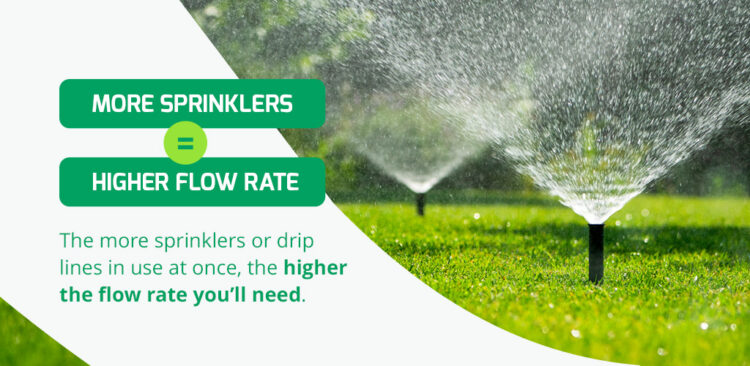
Flow rate and pressure are the performance benchmarks for any irrigation pump. Flow rate measures how much water the pump delivers, typically in gallons per minute. The more sprinklers or drip lines in use at once, the higher the flow rate you’ll need. Pressure — measured in pounds per square inch (PSI) — determines how far and evenly water is distributed. Sprinkler systems often require higher PSI than drip irrigation.
An irrigation system setup that includes both sprinklers and drip lines may need a pump capable of adjusting to different pressures for each zone. Manufacturers usually provide pump performance charts to help match specifications to your system design. It’s important to remember that a pump that’s too powerful can cause just as much damage as a pump that’s too weak.
Step 5: Consider Energy Efficiency
An energy-efficient pump can reduce operating costs while still delivering reliable performance. Look for pumps with:
- High-efficiency motors
- Automatic pressure controls
- Variable speed operation
While an efficient pump may cost more upfront, the long-term savings on electricity can make it a worthwhile investment. Some energy-efficient pumps run on electricity, and others on solar power.
Step 6: Factor in Maintenance and Longevity
Pumps designed for yard irrigation should be built to handle regular use during the growing season. Choosing a model with durable materials, quality seals and corrosion resistance can extend its lifespan.
Regular maintenance, such as cleaning filters, checking seals and monitoring performance, can help keep your pump running smoothly. Consider how easily you can access the pump for routine servicing.
Step 7: Plan for Your Irrigation System Setup
The pump is just one part of your overall garden water pump solution. When planning your irrigation system setup, take into account:
- Type of irrigation method: Drip systems require less pressure than sprinkler systems, which influences pump selection.
- Automation options: Timers, moisture sensors and smart controllers can optimize watering schedules and reduce manual work.
- Future expansion: If you plan to expand your yard, choose a pump with enough capacity to handle additional zones.
Building flexibility into your setup now can save you from replacing your pump later.
Step 8: Budget Wisely
While cost is always a factor, the cheapest pump may not offer the best value in the long run. Consider your pump purchase as part of your broader yard investment. The right choice balances upfront cost, performance, durability and energy use.
It’s also worth factoring in installation expenses if you’re not setting up the system yourself. In some cases, professional installation ensures the pump is sized and positioned correctly, which can help maximize efficiency.
Make an Informed Choice
Learning how to choose irrigation pump equipment for your garden means balancing several variables — garden size, water source, pump type, performance specifications, energy efficiency and budget. By approaching the process methodically, you can select a pump that keeps your plants well-watered and your garden thriving.
For larger yards, surface pumps are best as they provide high flow rates. Submersible pumps are ideal for smaller yards or properties where water comes from wells or ponds. For dependable garden water pump solutions backed by expertise, Star Water Systems offers options designed to meet multiple home irrigation needs. Contact our team today for inquiries by filling out the form or explore our water pumps online and enjoy the beauty of your garden for years to come.
